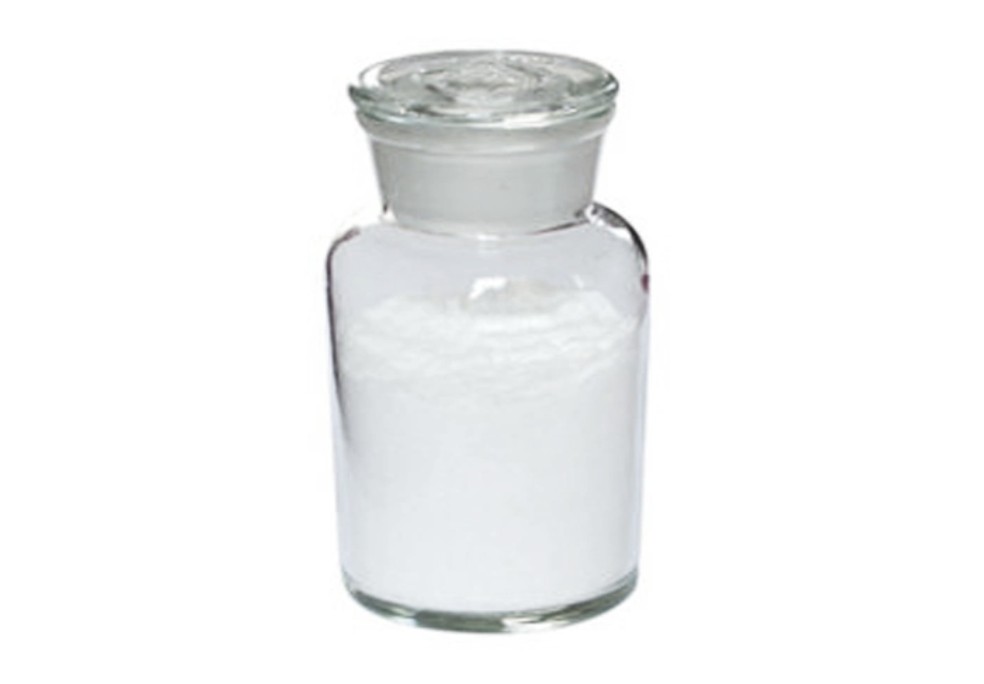Naphazolin hydrochloride is also known as nasal eye net. It is a kind of vasoconstrictor commonly used in otorhinolaryngology and ophthalmology of hospitals. It is an adrenergic drug with strong contractile blood vessels and boosting effect. It has a central nervous system. Inhibition, by contracting local blood vessels, plays a role in anti-inflammatory and analgesia in localized lesions where inflammation occurs, and can eliminate congestion due to fatigue or other causes. Clinically used for the treatment of cold, acute and chronic rhinitis, allergic conjunctivitis, allergic and inflammatory nasal congestion. Local long-term use can lead to too little blood flow in the medication, which causes the resistance to decline, resulting in a double infection. Can not be taken orally. Excessive drops or too high a concentration of the drug can cause poisoning. Children should be cautious, infants, high blood pressure, hyperthyroidism should be used with caution, and atrophic rhinitis should be banned. The interval between drops is preferably not less than 4 to 6 hours.
Naphazoline is a decongestant used to relieve redness, puffiness, and itchy/watering eyes due to colds, allergies, or eye irritations (smog, swimming, or wearing contact lenses). It is known as a sympathomimetic (alpha receptor agonist) that works in the eye to decrease congestion.
Some brands of naphazoline eye drops also contain other ingredients. Lubricants (such as glycerin, hypromellose, or polyethylene glycol 300) help protect the eyes from more irritation. Zinc sulfate, an astringent, helps reduce redness and irritation.
Clinically it is used for the treatment of colds, acute and chronic rhinitis, allergic conjunctivitis, allergic and inflammatory nasal congestion embolism. Local long-term use can lead to blood flow reduction in medication area, which causes resistance decreasing, and results in superinfection.






















